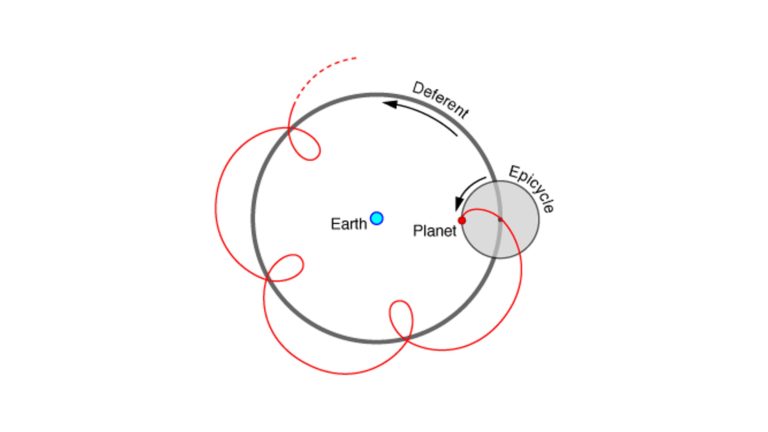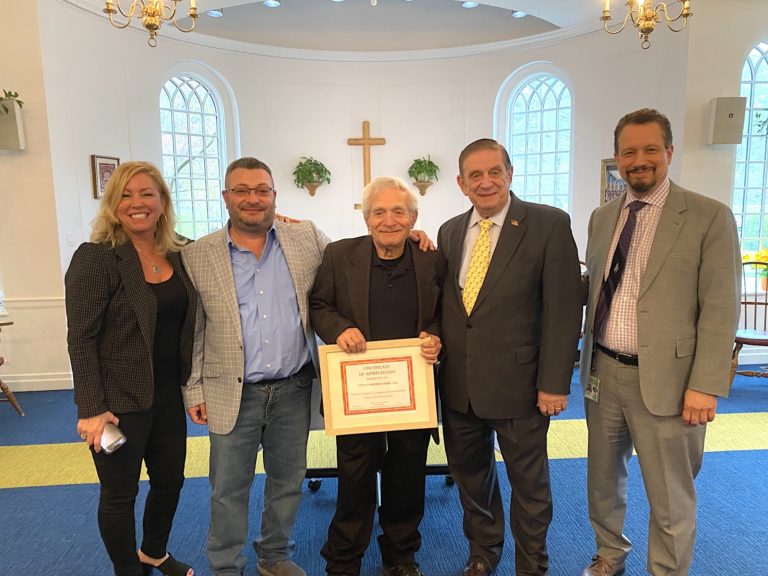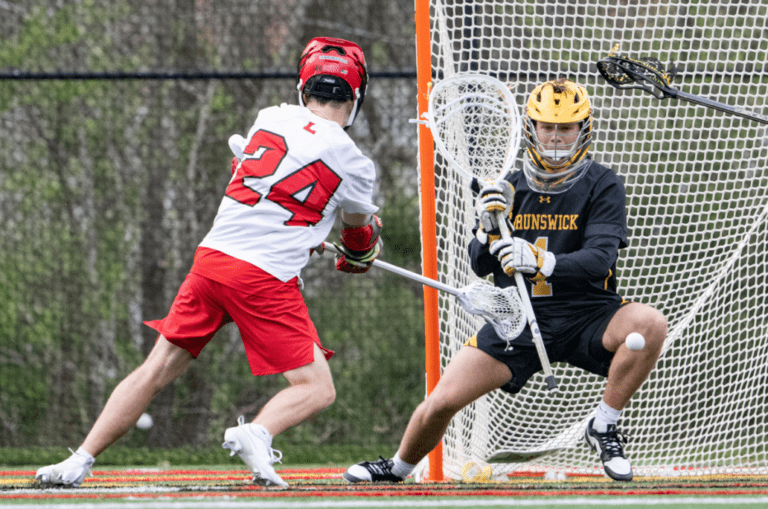By Maria Scaros
There is something about walking through the halls of an art museum. We instinctively pace ourselves differently. We whisper and stop to examine a piece that catches our eye. Is this instinctive or is this learned museum behavior? What is it about being surrounded by visual art that affects our overall attitude? Whether an art lover, an art appreciator or a passive art voyeur, art affects us all in some way.
And what of music? It is indeed a universal language. A melody can conjure up full blown memories of years passed. It can arouse feelings of joy and love, as well as rage and grief. Each melody is different and personal. Everyone has their playlist, and we can learn more about a person by listening to their playlist, then asking them to tell us about themselves in lengthy conversation.
When no one is watching, do you dance with wild abandon, and does it feel exhilarating? When you may be overwhelmed, do you roll up into a fetal position under the safety of a blanket? Martha Graham said, “Our bodies do not lie”. Our body shows how we truly feel if we do not block our feelings with our mind. Sometimes we just need to shake it out.
And what of the theater? We are asked to suspend our disbelief and witness the story unfold before us. We empathize, sympathize, recognize ourselves and others. We are entertained, educated and sometimes, healed by witnessing/participating in the drama. We are distant as we sit in the audience, but we are also drawn in and moved by what we see.
And the point is this: There is a clear connection between the arts and our neuropathways. In other words, there is a neuroscience to each of the arts. Our brain releases hormones and chemical reactions when we experience a particular art form. Dr. Oliver Sachs explored music and the brain. Creative arts therapy incorporates the science behind our human connection to art forms.
Music is the most familiar. Young David soothed the savage breast of King Saul in 300 BC. Drums and trumpets have long since given courage to soldiers in battle. Serenades have wooed lovers and melodies are known to conjure up lost memories. Soon after the second world war, music was used to help soldiers with “shell shock,” known today as PTSD. A psychotherapist utilized music as an intervention, and it aided in soldiers processing their trauma in a safe space. The music therapist is versed not only in a music repertoire, but in psychology.
Visual art is also an outward expression of inner feelings. What do we see in a photograph or a painting? It can be very telling. The famous Rorschach test is widely used as an assessment tool in psychiatry. Children draw their world freely whether it be pleasing or harmful; loving or dangerous. The artwork is often unconscious and a psychotherapist utilizing art – an art therapist – helps guide the piece.
Our body carries our life story. It is the most intimate part of who we are. It has grown and changed through time and only we know how it was and is. Only we know how to move it and touch it and care for it. We move every minute of every day as we breathe and wander throughout our day. We know how close or distant we wish to be with another, and each person’s distance is measured. If the space between us is flexible and the movement expanded or contracted, how would our relationships change? A dance/movement therapist works here.
And then there is the theater. An ancient space of storytelling for the purpose of communing, educating, and cleansing the soul. It is in the theater we gasp at catastrophe and applaud opportunity. We recognize ourselves and others and as Shakespeare aptly said, “All the world’s a stage, and all the men and women merely players.” The drama therapist engages the stories and the roles we play. There are roles we have never tried and need to. There are roles we need to shed to make room for another that is best suited for today. Sometimes, our plots need to be explored and readjusted. The drama therapist works here.
It is a fact that the arts are therapeutic. It is a fact that there is a science to art. We all have artistic preferences and those who believe they have no interest at all would be surprised how creative they are. We are all after all, human beings. We are the only creature on earth that can imagine something, bring it to fruition, and affect change. Give yourself a gift and discover your essence in the arts.




